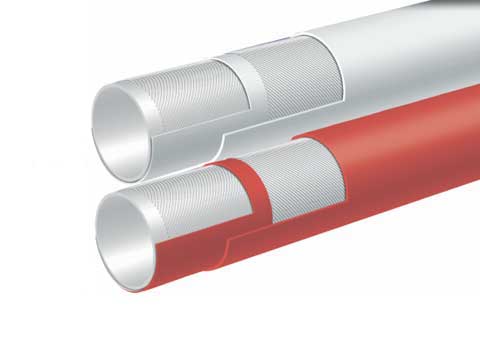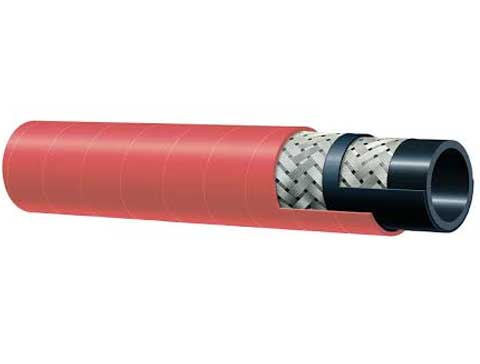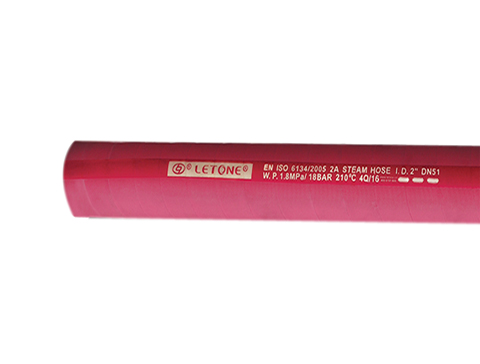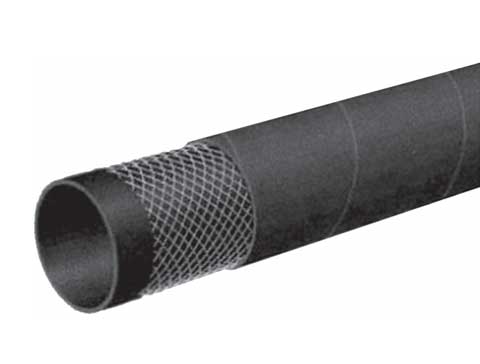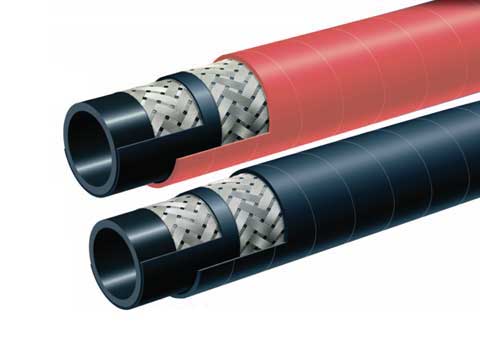The type of hose and its components must be compatible with the fluid to be conveyed. Other considerations include working and impulse pressures, hose bend radius, static conductivity, and temperature range.
Fluoropolymer tubes such as PTFE and PFA are chemically inert. They also do not age. However, fluids can generate electrostatic charge, causing sparking which may damage the tube or create a safety hazard.
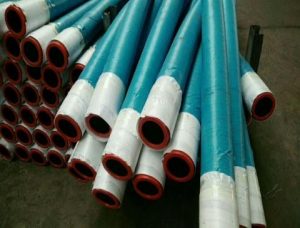
Use of chemical delivery hoses: Precautions
Chemical transfer hoses are used for the transport of chemicals, acids and solvents. They are available in a variety of sizes and materials, depending on their intended use. They are often made of EPDM rubber or EPDM/EVA blend, Viton, polyamide or a variety of fluoropolymers such as PFA, FEP and TFE. They may be reinforced with wire braid, steel helix or textile cords. Some hoses are even designed with a special internal lining to make them more resistant to chemicals.
Proper handling of chemical delivery hoses is important to ensure safety and efficiency. In order to avoid accidents, it is recommended to follow a maintenance and inspection program based on manufacturer recommendations. It is also important to check the hose for proper working pressure and temperature, and to verify that couplings are securely attached and in good condition.
Most compounds transferred through a hose assembly will generate a static electric charge, especially if they are flammable. It is important to ground the hose assembly using an ohmmeter prior to use. Some hoses come with static dissipative tubes built in or are fitted with a grounding wire. Speak to the pros at TCH Industries for more information about these options.
Specifications and models of chemical delivery hoses
Chemical hoses are subject to different requirements than other industrial hoses. They require a more intensive specifications and extra precautions in storage, installation, use, and replacement. They are prone to corrosion, and must be able resist different chemicals. They must also be more resistant to vibration. This is important because vibrations can cause the hose to degrade or damage.
When choosing a chemical delivery hose, it is important to consider the working pressure, temperature, and other variables that may affect the performance of the hose. It is also important to know the types of couplings, fittings and other components that will be used. It is important not to mix and match different types of couplings, fittings, and hoses. This can lead to problems such as leaks and poor connections.
If you are unsure about which hoses will work best for your application, you can always ask an industrial hose supplier or manufacturer to help you make the right choice. They can provide you with a wide range of chemical hoses and accessories that are ideal for your specific needs. They can also assist you in selecting the right hose for your application, based on what chemicals you will use and the environment where they will be installed.
How should chemical delivery hoses stored?
Chemicals are extremely dangerous to the environment and human health, so they require a great deal of safety precautions in their handling. Chemical delivery hoses are made of sturdy materials and must be handled with care to avoid damage. Chemicals should also be stored correctly to protect them against environmental conditions. Store the hoses in a cool, dry place away from heat sources and sunlight. Hoses should not be dragged over abrasive or sharp surfaces, and they should not be subjected to excessive bending. Instead, hoses should be supported by dollies or handling rigs.
The hoses should be checked regularly for signs of damage. To ensure that the hose meets standards and regulations, any damaged assembly should be replaced or repaired immediately. A foolproof hose plan will help workers identify potential problems and reduce the risk of injuries and accidents.
It is crucial to select a hose compatible with the chemicals that will be used. This can be confirmed by using a manufacturer's chemical compatibility chart, which should be followed closely. It is also important to consider the temperature, working pressure, and coupling material of the hose. A comprehensive hose maintenance and tracking program can further help ensure safe and long lasting service of chemical hoses based on manufacturers' recommendations.

